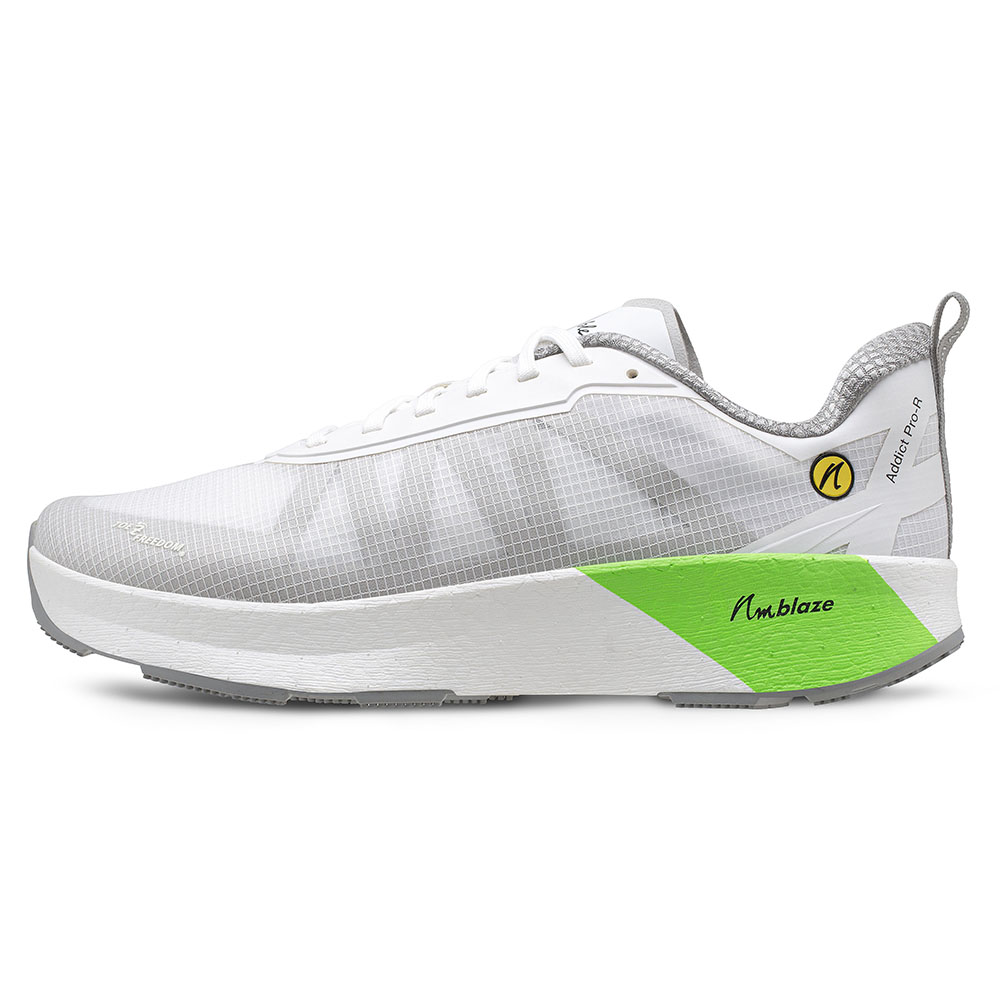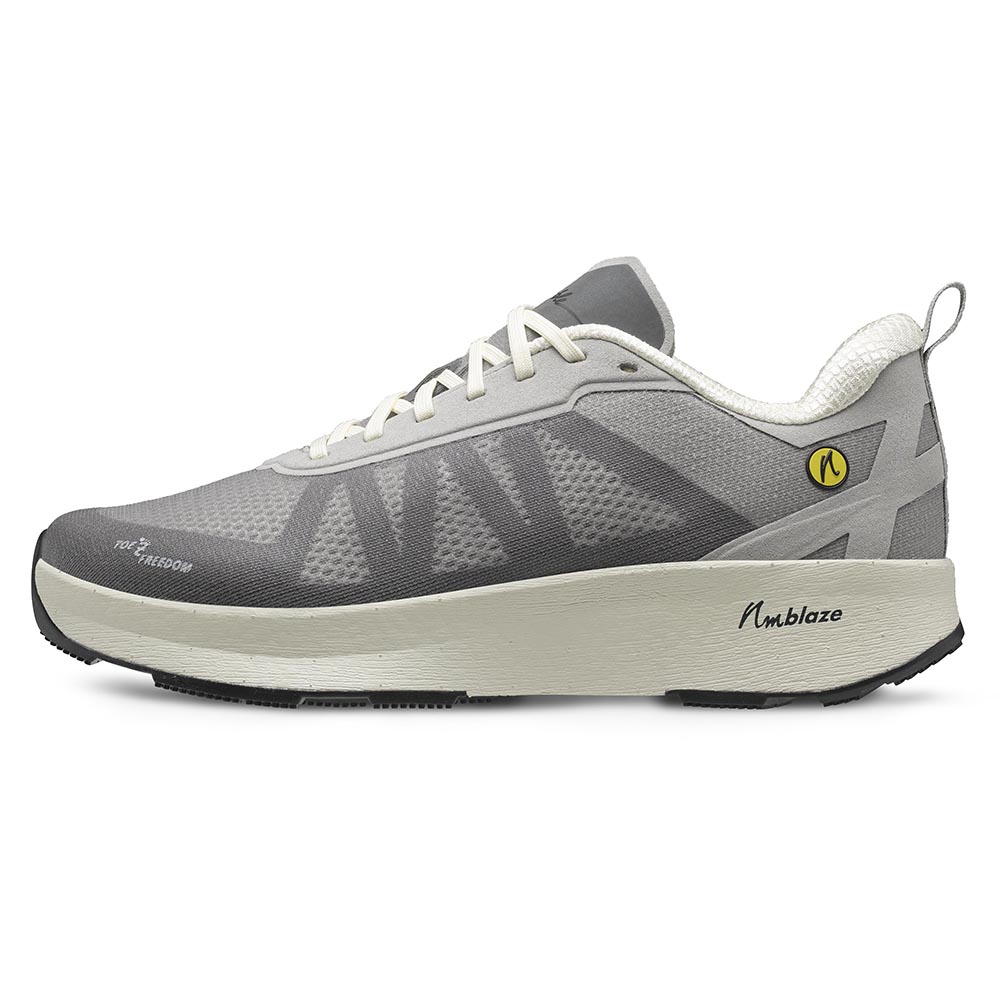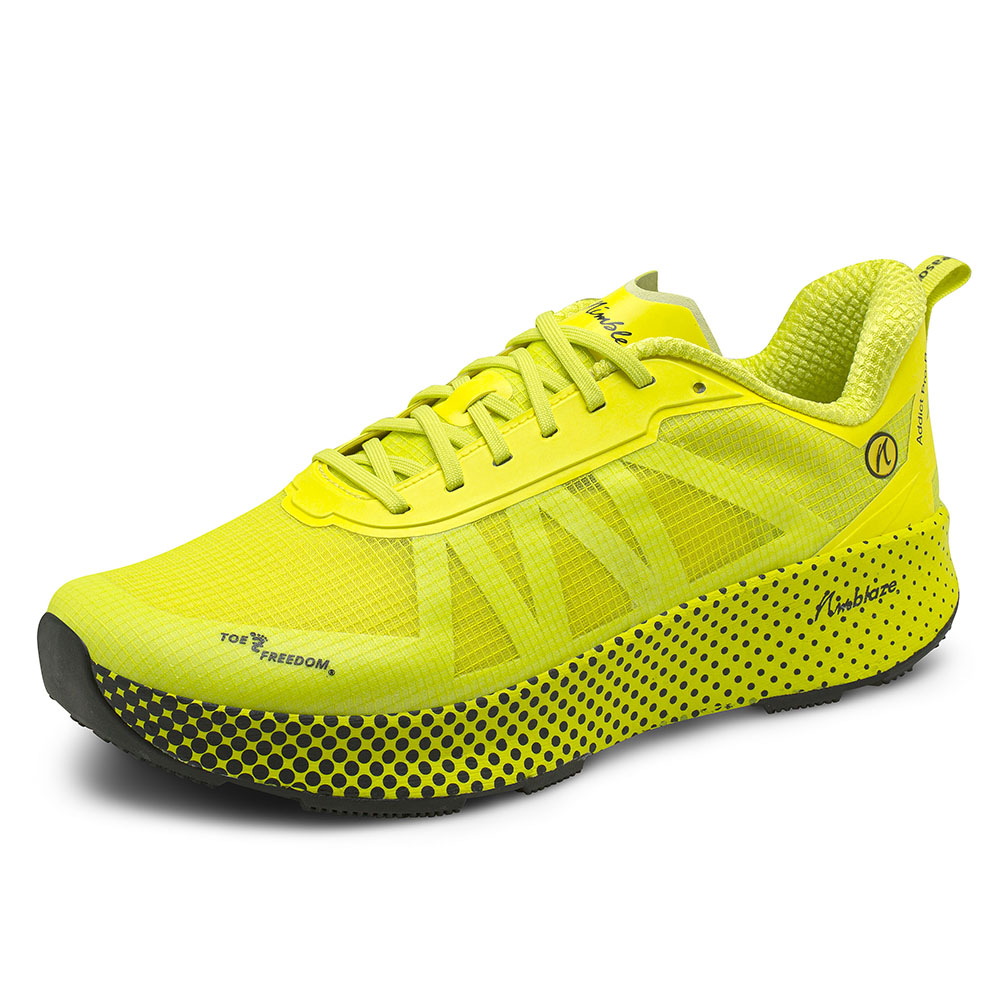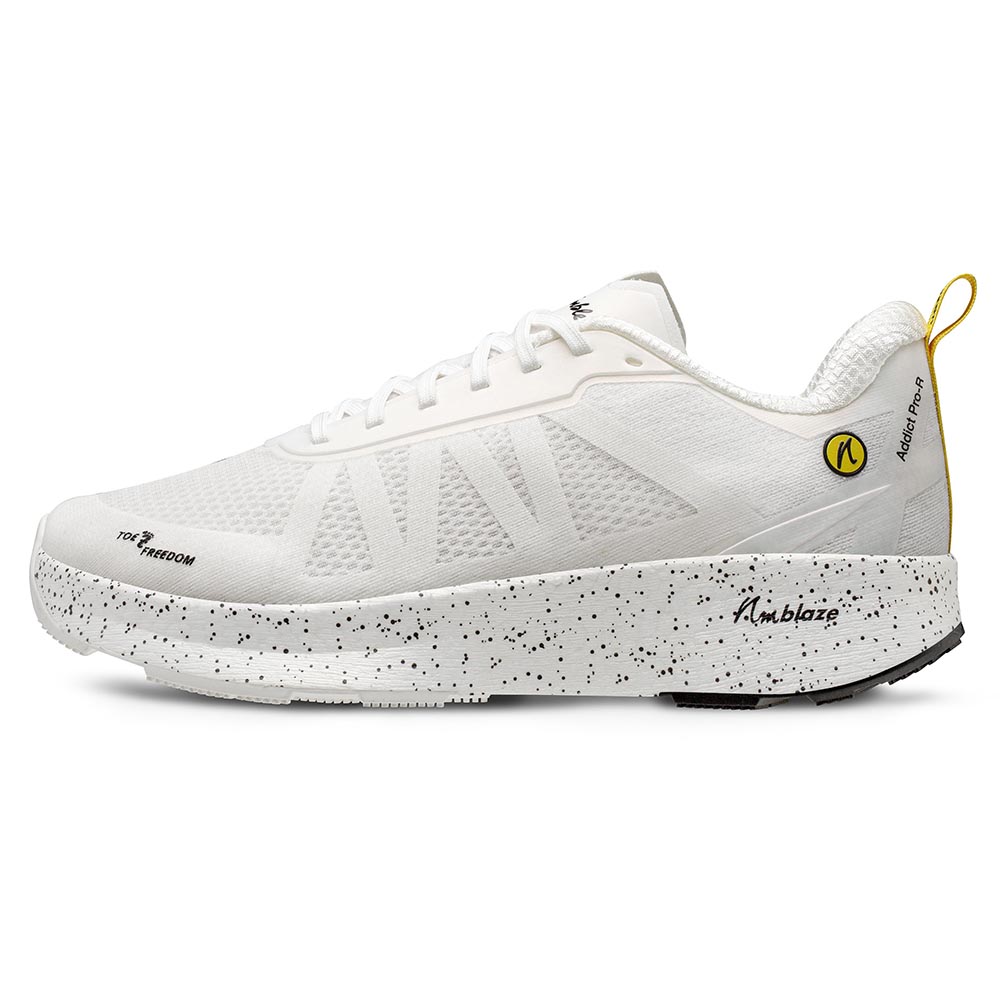Dysfunktionaler Fuß und Therapieansätze Teil 2
„Für ein Schiff ohne Hafen ist kein Wind der richtige.“ (Seneca d. J.)

Die einzigartige Position und Steuerung der großen Zehe hat sich entwickelt, um das Körpergewicht beim Laufen und Rennen zu steuern. Eine beeinträchtigte Zehenposition führt zu Instabilität und schädlichen Belastungen für Fuß, Sprunggelenk und Knie. Die Therapie ist einfach:
- Tragen von fußförmigen (funktionalen) Schuhen, in denen die Zehen Platz haben, sich auszubreiten, und der Fuß sich aufspreizen kann sowie
- Belasten der Füße mit dem Körpergewicht, um die Schwerkraft auf die funktionale Fußform wirken zu lassen.
Literaturhinweise
- Chou S, Cheng HK, Chen J, Ju Y, Wong MA. The role of the great toe in balance performance. Journal of Orthopaedic Research. 2009; 27:549-54.
- D'Aout K, Pataky TC, De Clercq D, Aerts P. The effects of habitual footwear use: foot shape and function in native barefoot walkers. Footwear Science. 2009; 1(2):81-94.
- Hoffman P. Conclusions drawn for a comparative study of the feet of barefooted and shoe-wearing peoples. The Journal of Bone and Joint Surgery. 1905; 3:105-36.
- Munteanu SE, Menz HB, Wark JD, Christie JJ, Scurrah KJ, Bui M, Erbas B, Hopper JL, Wluka AE: Hallux valgus, by nature or nurture? A twin study. Arthritis Care & Research 69: 1421-1428, 2017.
- Nix S, Smith M, Vicenzino B: Prevalence of hallux valgus in the general population: a systematic review and meta-analysis. Journal of Foot & Ankle Research3:21.
- Plank M. The pattern of forefoot pressure distribution in hallux valgus. The Foot. 1995; 5(1):8-14.
- Rolian C, Lieberman DE, Hamill J, Scott JW, Werbel W. Walking, running and the evolution of short toes in humans. Journal of Experimental Biology. 2009; 212:713-21.
- Shu Y, Mei Q, Fernandez J, Li Z, Feng N, Gu Y. Foot morphological difference between habitually shod and unshod runners. PLoS ONE. 2015; 10:e0131385.
- Yavuz M, Hetherington VJ, Botek G, Hirschman GB, Bardsley L, Davis BL. Forefoot plantar shear stress distribution in hallux valgus patients. Gait and Posture. 2009; 30(2):257-9













